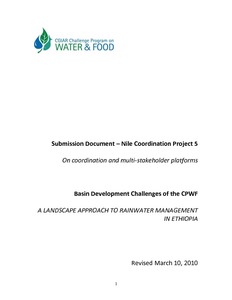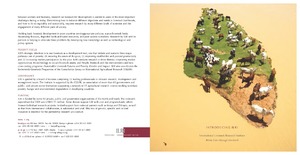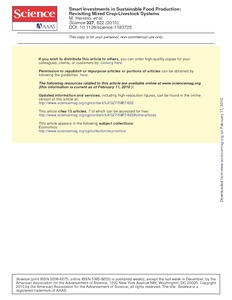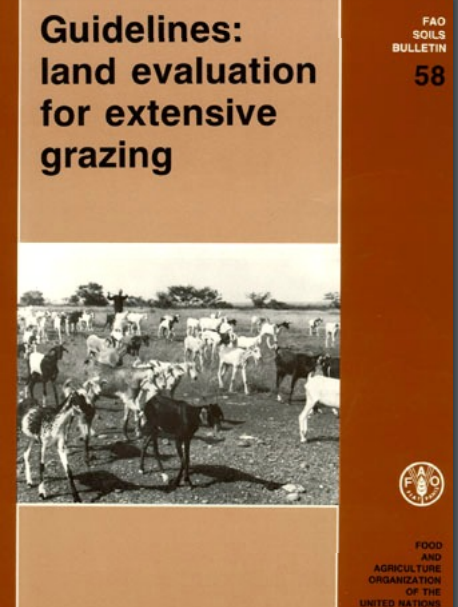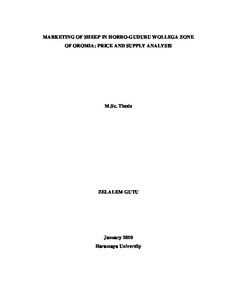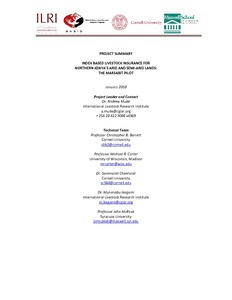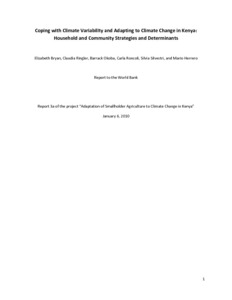N5: On coordination and multi-stakeholder platforms
Agricultural intensification of rainfed agriculture (Demeke et al, 1996)– especially of the dominant crop-livestock systems in the Blue Nile basin, management of the natural resource base and poverty alleviation have long been the targets of a vast array of research and development initiatives in the region. Such efforts have ranged from those targeting specific biophysical aspects – crop, livestock or natural resource technologies, to those focused on policy issues to those with a more integrated and market oriented approach.

